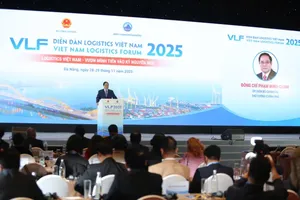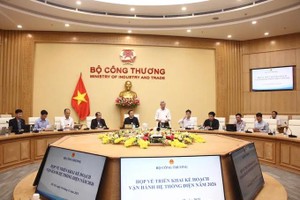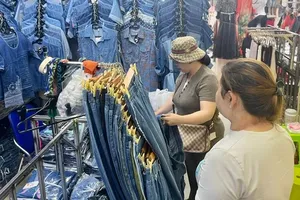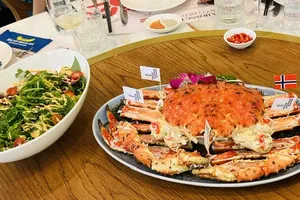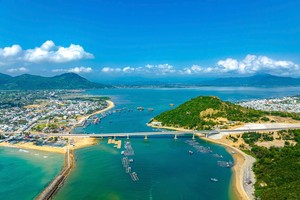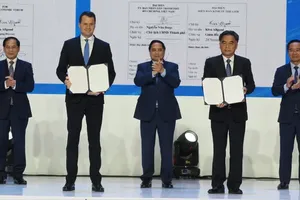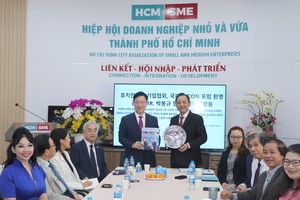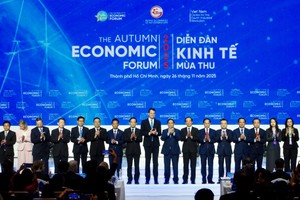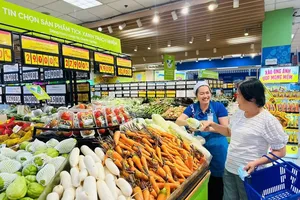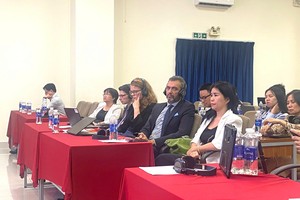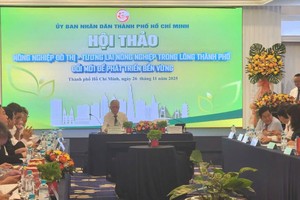 Minister of Agriculture and Rural Development Le Minh Hoan
Minister of Agriculture and Rural Development Le Minh Hoan
However, the Southeast Asian country has not so far taken advantage of the incentives from tariff reductions and implementation of free trade agreements(FTAs) that have come into effect for the export of many agricultural products.
In his report to the National Assembly right before the question-and-answer session on June 7, Minister of Agriculture and Rural Development Le Minh Hoan wrote this.
According to the report, of the total export turnover, the main group of agricultural products got over $9.4 billion, up 10.4 percent while key forest products achieved nearly $7.7 billion, up 7.6 percent, and seafood reached nearly $4.8 billion, up 46.3 percent and livestock products hit $138.9 million, down 16.2 percent.
Of the products and product groups, coffee, rubber, cashew, fresh vegetables, rice, pangasius, shrimp, and wood products, materials for production have had an export value of over $1 billion. In detail, the export value of vegetables and fruits reached $1.5 billion, rice $1.4 billion for 2.9 million tons, pangasius $1.2 billion, and shrimp $1.9 billion.
The United States, China, and Japan are the three largest export markets. Exports to the United States accounted for 28 percent, up 17.1 percent while it accounted for 17.8 percent in the Chinese market, up 6.8 percent, and in Japan, it accounted for 7 percent, up 19.5 percent).
Notably, according to Minister Hoan, Vietnam has sold many key fresh fruits such as mango, dragon fruit, passion fruit, longan, and litchi to many countries, especially to large markets such as EU, USA, Australia, Japan, Korea, Newzealand, China, Middle East, and Asian countries.
Currently, the country is continuing to negotiate to expand the market share in markets such as China, Japan, the United States, Australia, and New Zealand for key agricultural products including durian, sweet potato, chili, passion fruit, longan, and pomelo.
Regarding livestock products, Vietnam is continuing to negotiate to export chicken products to Korea, Singapore, the EU, the UK, and Middle Eastern countries. Moreover, the country is promoting the export of bird's nests, fishmeal and fish oil, and feathers to China…
However, Mr. Le Minh Hoan said that the system of infrastructure, warehouses, cold storage to preserve agricultural products in the raw material area, and bonded warehouse system at the border gate area is not synchronized leading to congestion of vehicles in the export and import of agricultural products through the northern border gates when the neighboring country strictly applies the Covid-19 prevention and control policy.
The government has not done well in learning about the information and tastes in other countries and regulations of import-export. Exporters are not aware enough of the market's regulatory requirements.
Meanwhile, the market for agricultural products is not stable, and the cost of production is still high, leading to the low economic efficiency of some products. In particular, negotiations often take a long time.
